The Startup folder is a useful utility on Windows 10. It carries the programs that run as soon as your PC boots. However, you might have noticed that some of those startup programs don’t launch as they should.

It can be annoying when the startup programs don’t work as intended. While the reason behind this could range anywhere from a faulty program to corrupted system files, there’re some solutions you can try to resolve this issue. In this article, we’ll go through those solutions. Let’s get started.
1. Check Startup Manager
If the startup program is not launching as it should, the first thing to do is to check whether or not the program is configured to launch at startup. Here’s how to check.
Step 1: Press Ctrl+Shift+Esc shortcut to launch Task Manager. Switch to the Startup tab and check that your program is set to Enabled status.
Step 2: If a program has a Disabled status, select it and click on the Enable button.
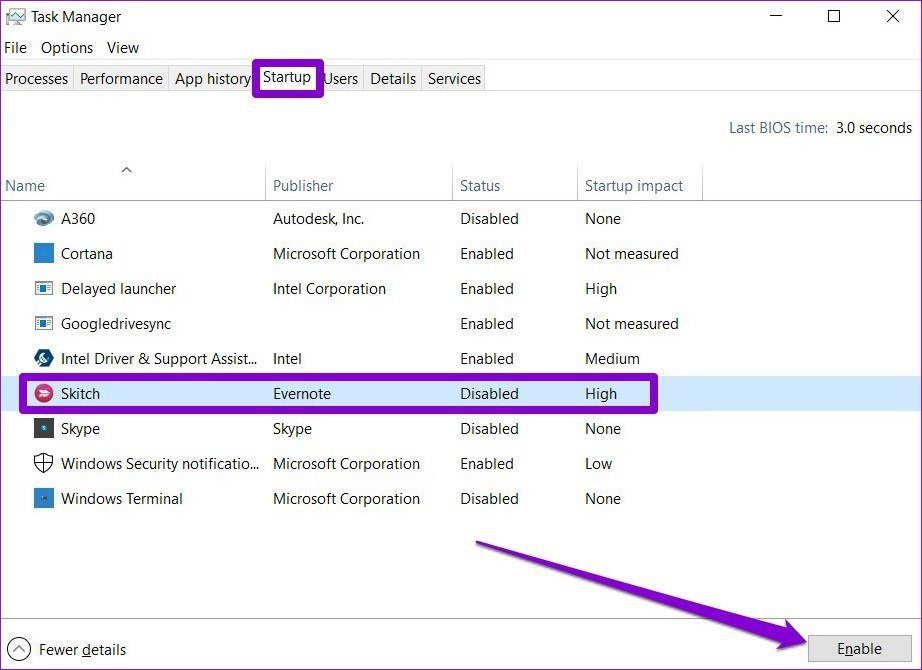
That’s it. Now restart your PC and see if the program is launching as intended.
2. Run DISM
Sometimes, corrupted system files on your PC can prevent programs from launching at startup. To make sure of it, you can try running a DISM (Deployment Image Servicing and Management) scan to see if it helps. The tool is designed to find and rectify system related on its own. Here’s how to use it.
Step 1: Click on the Windows Start button, type in cmd, and select Run as administrator to launch Command Prompt with administrative privileges.
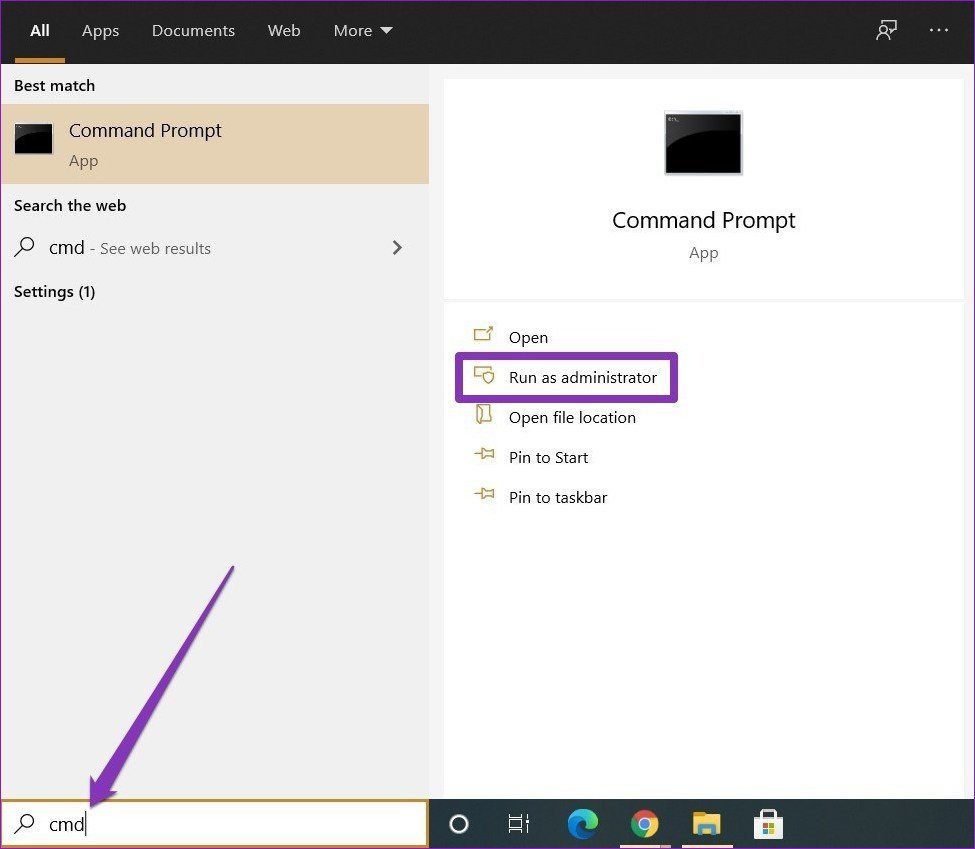
Step 2: Now run the following commands and press Enter after each one.
DISM /Online /Cleanup-Image /CheckHealth
DISM /Online /Cleanup-Image /ScanHealth
DISM /Online /Cleanup-Image /RestoreHealth
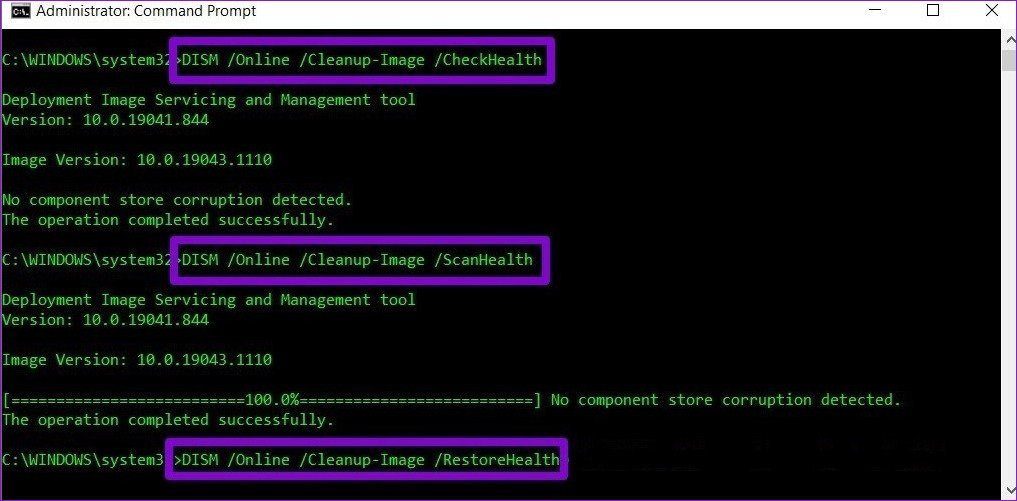
Wait for them to finish and then restart your PC to see if the issue is resolved.
3. Add Program to Startup Folder
Another way to launch programs at startup is by using the Startup folder on Windows. Here’s how it works.
Step 1: Launch File Explorer and fetch the EXE file of the startup program. Right-click on it and select the Copy option.
Step 2: Now press Windows key + R to launch the Run utility. Type in shell:common startup and press Enter.
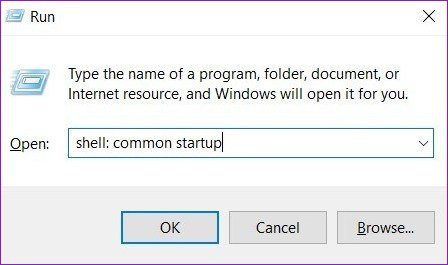
Step 3: Paste the EXE file of the program inside the Startup folder.
That’s it. Now that the shortcut is inside the Startup folder, Windows should launch the program as it boots up.
4. Task Scheduler
With Task Scheduler, you can automate almost any task on your computer. You can start programs, execute commands, or even send an email when certain triggers and conditions are matched. Of course, you can use this tool to launch programs at startups as well. Here’s how.
Step 1: Open the Start menu, type in task scheduler, and press Enter.
Step 2: Right-click on the ‘Task Scheduler Library’ folder and select New Folder. Give that folder any name such as ‘New Task’.
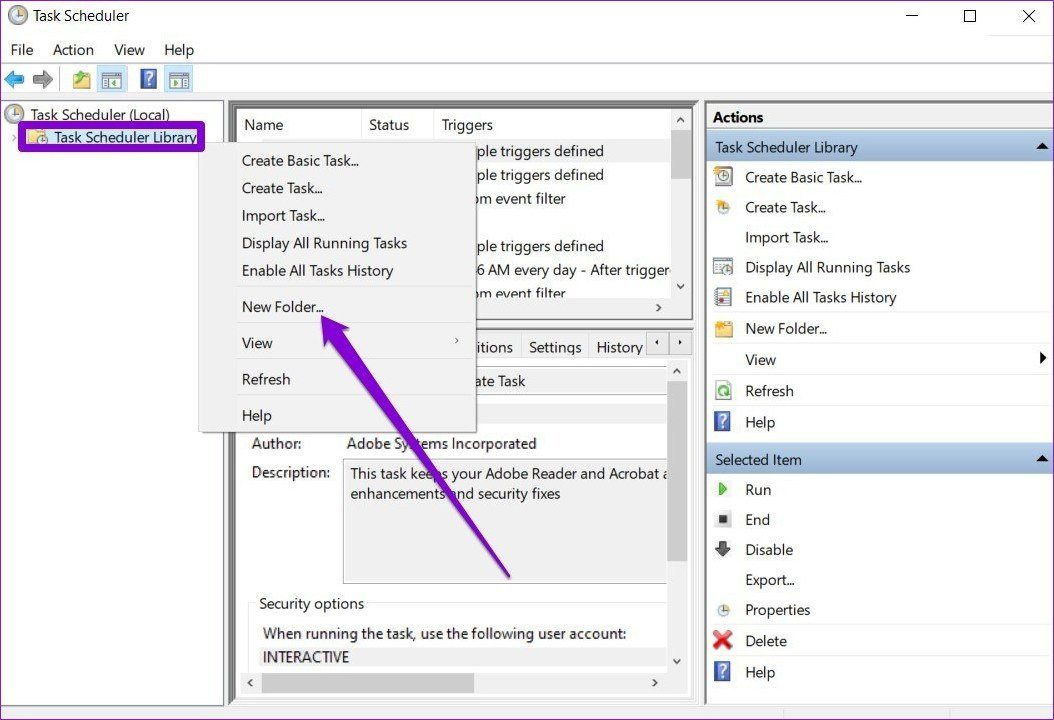
Step 3: Now expand the ‘Task Scheduler Library’ folder and right-click on the newly created folder to select Create Task option.
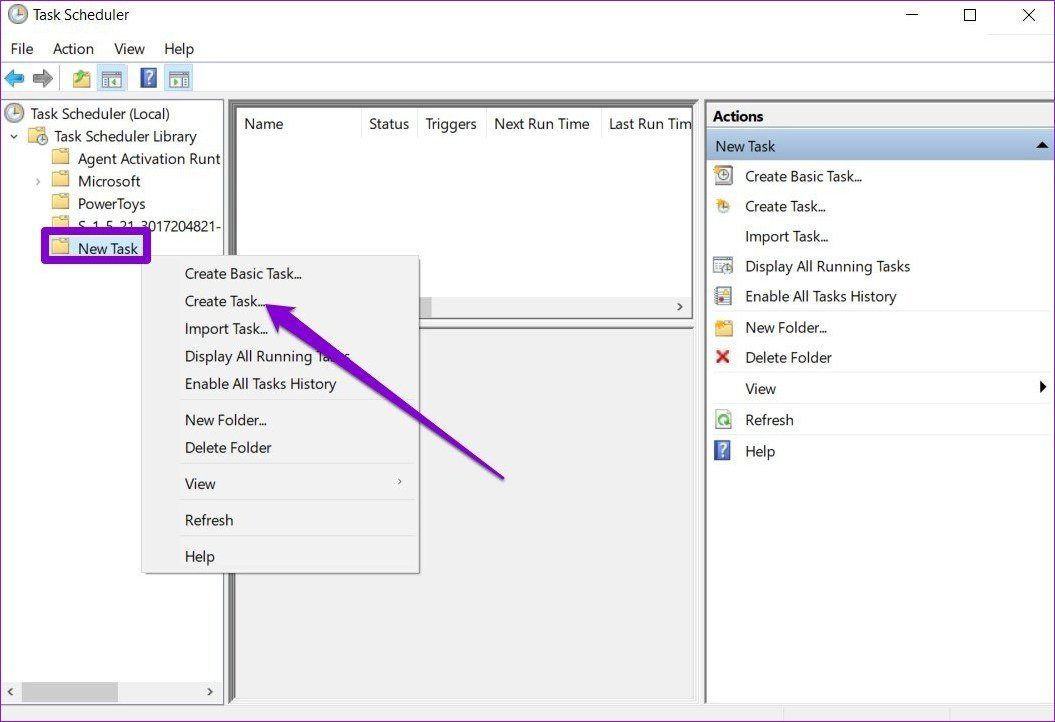
Step 4: In the resulting window, under the General tab, give that task a suitable name such as ‘Launch PowerToys’. Additionally, you can also choose the user account under which the task should run.

Step 5: Now switch to the Trigger tab and click on the New button to set up a trigger for the task.
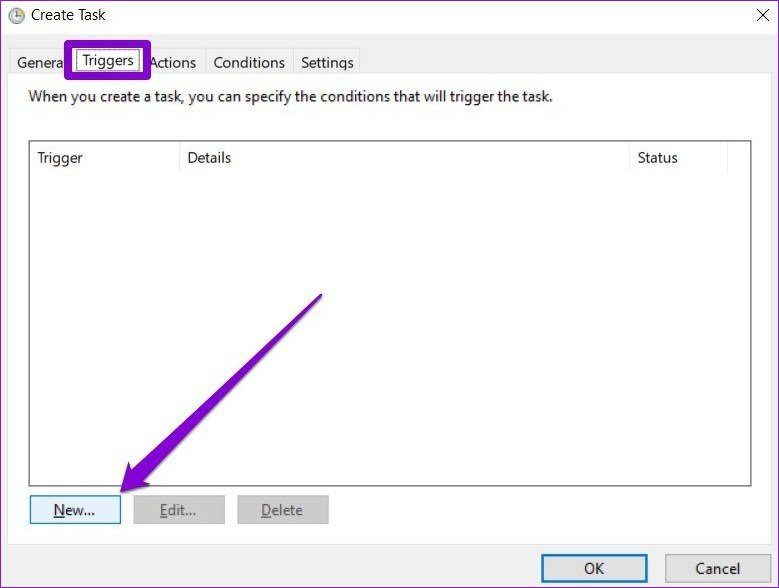
Step 6: In the New Trigger window, use the drop-down menu to choose the ‘At startup’ option.
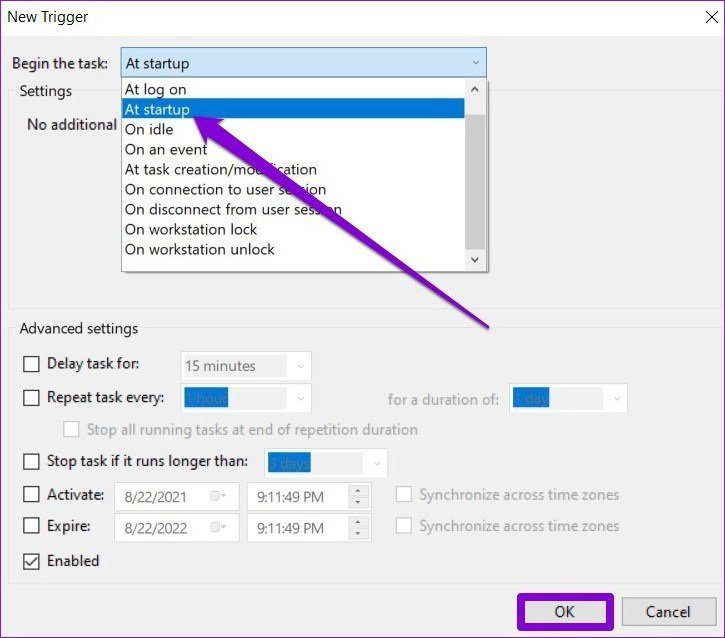
Step 7: Next, switch to the Action tab and click on the New button. Under Program/script, use the Browse button to select the EXE file of the program you wish to start.
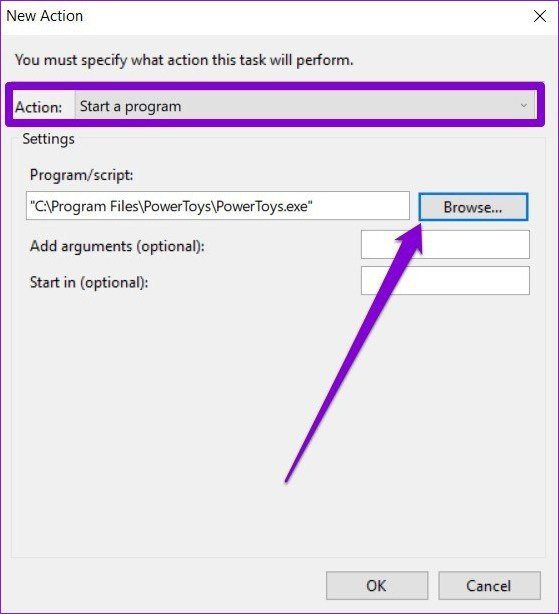
Once you complete the setup, Task Scheduler should automatically launch programs on startup.
5. Turn Off User Account Control
Some programs on Windows require administrative permission every time they launch. Therefore, if the issue is related to one of these programs, then you can try disabling the UAC (User Account Control) feature to see if that helps. Read on to learn how.
Step 1: Open the Start menu, type in user account control, and press Enter.

Step 2: Move the slider all the way down to Never notify and click on OK to save changes.

Now restart your PC and see if the program is launches at startup.
6. Create a Batch File to Launch Programs
Aside from the above, to launch programs at startup, you can also create and run a batch file containing file paths of all the programs you’d like to launch Here’s how it works.
Step 1: Open File Explorer and fetch the EXE file of the program you wish to launch at startup. Now click on the Copy path option at the top to copy the file path.
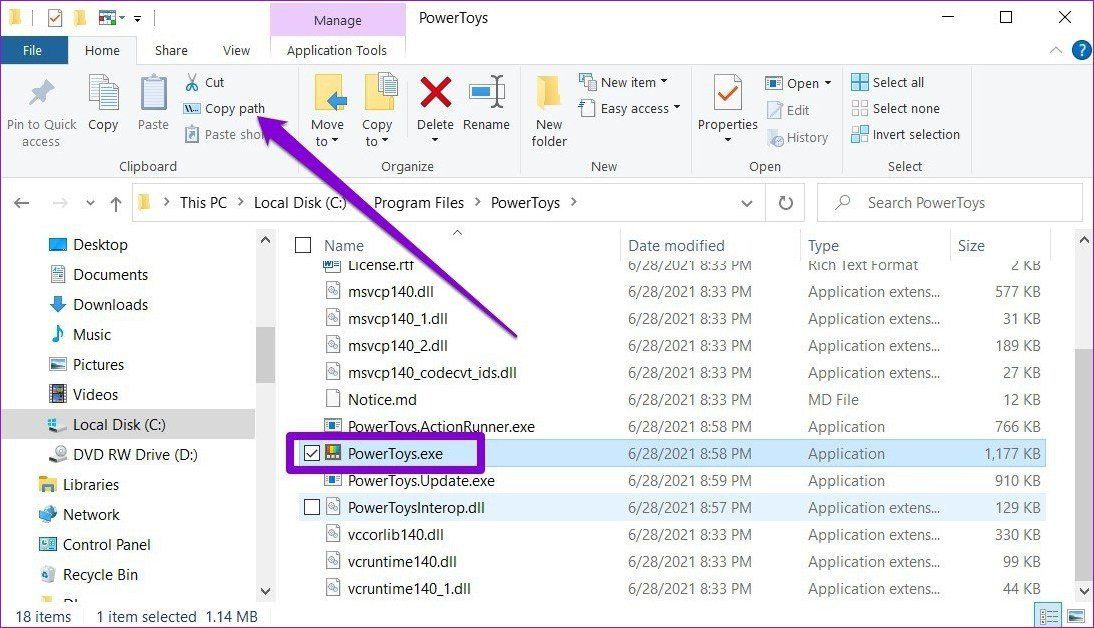
Step 2: Now right-click anywhere on the desktop and go to New > Text Document.

Step 2: In the notepad window, paste the command given below.
@echo off “" Exit
Replace in the above command with the path of the program copied earlier.
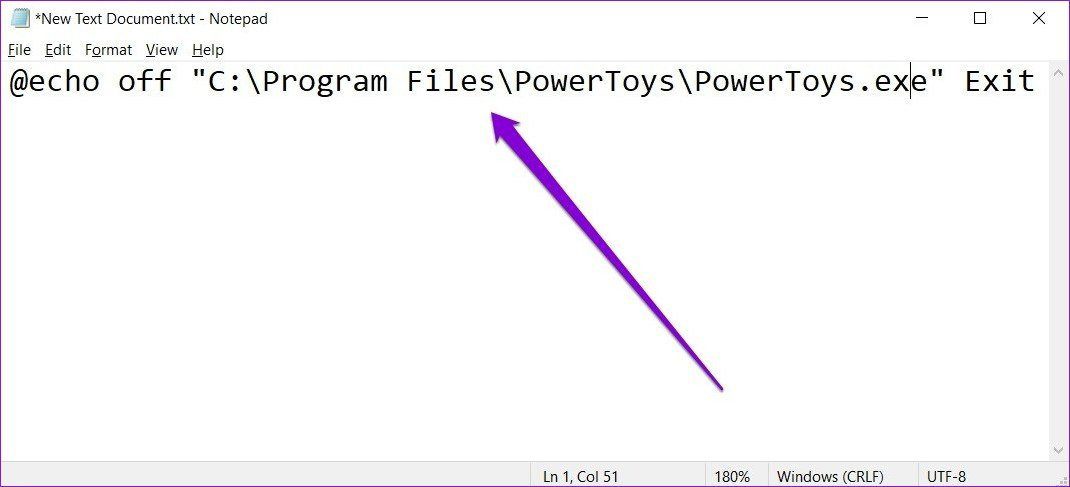
Step 3: Now save that file with the .bat extension instead of the .txt extension.

Step 4: Double-click on the file to run it and the program should run on startup.
Similarly, you can also paste more than one file path in the above file to launch multiple programs on startup.
7. Add Program to Startup via Registry
If the above methods don’t help then you can also use the Windows Registry to launch programs at startup.
NOTE: Tweaking Windows Registry without knowledge may lead to serious consequences. Thus, make sure you follow steps with precision.
Step 1: Open the Start menu, type in registry, and press Enter.
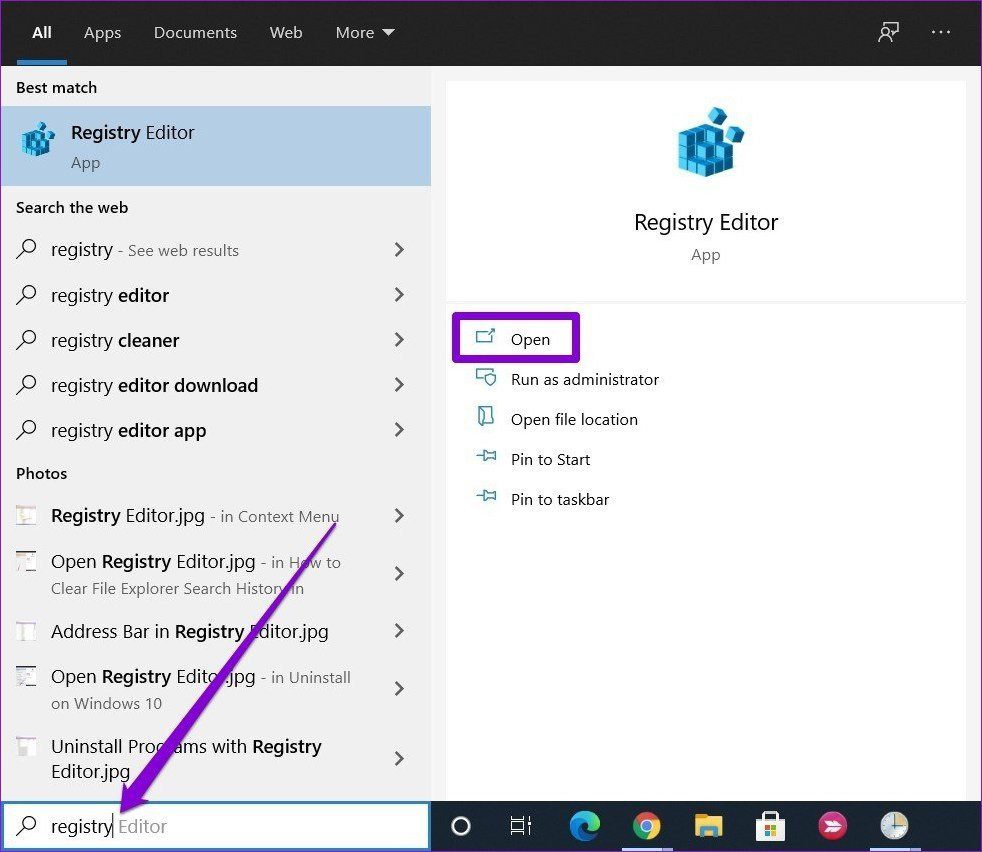
Step 2: Use the address bar at the top to navigate to the following key.
HKEY_LOCAL_MACHINE\Software\Microsoft\Windows\CurrentVersion\Run
Step 3: In the Run key, right-click anywhere in the right pane choose New > String value. Name it exactly as the program you want to launch is named.
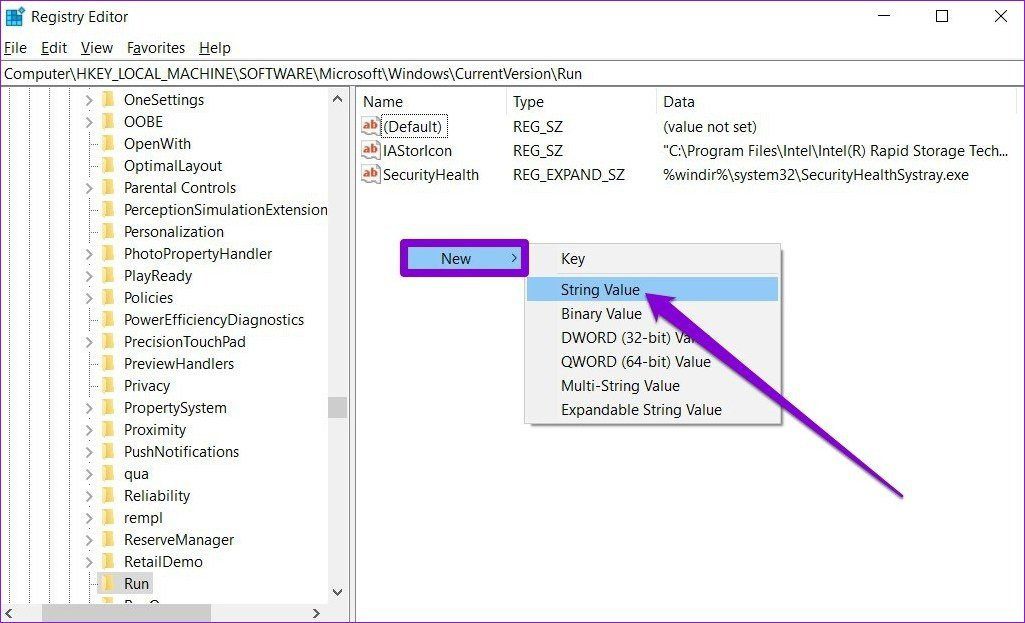
Step 4: Right-click on the newly created string value and select Modify.

Step 5: In the Value data, paste the path of the program you wish to launch and click on OK.

Now restart your PC and now the program should run at startup.
Getting Started
One of the methods mentioned above should fix your issue, and you shall have your apps and programs ready every time you log in. Let us know which solution worked for you in the comment section below.
If your computer is taking long to boot, refer our guide to fix slow boot times on Windows 10.
Was this helpful?
Last updated on 03 March, 2023
5 Comments
Leave a Reply
The article above may contain affiliate links which help support Guiding Tech. The content remains unbiased and authentic and will never affect our editorial integrity.



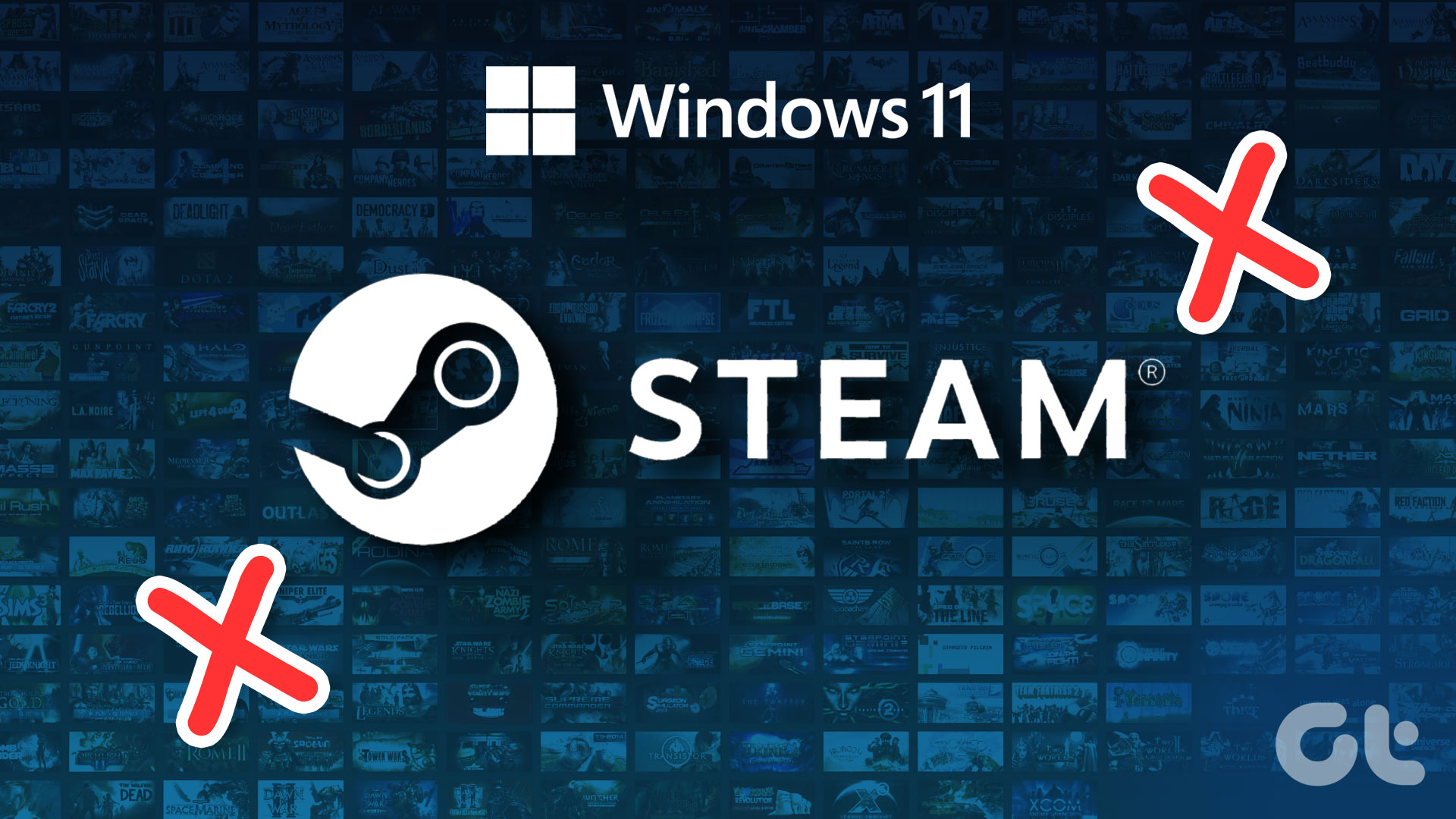
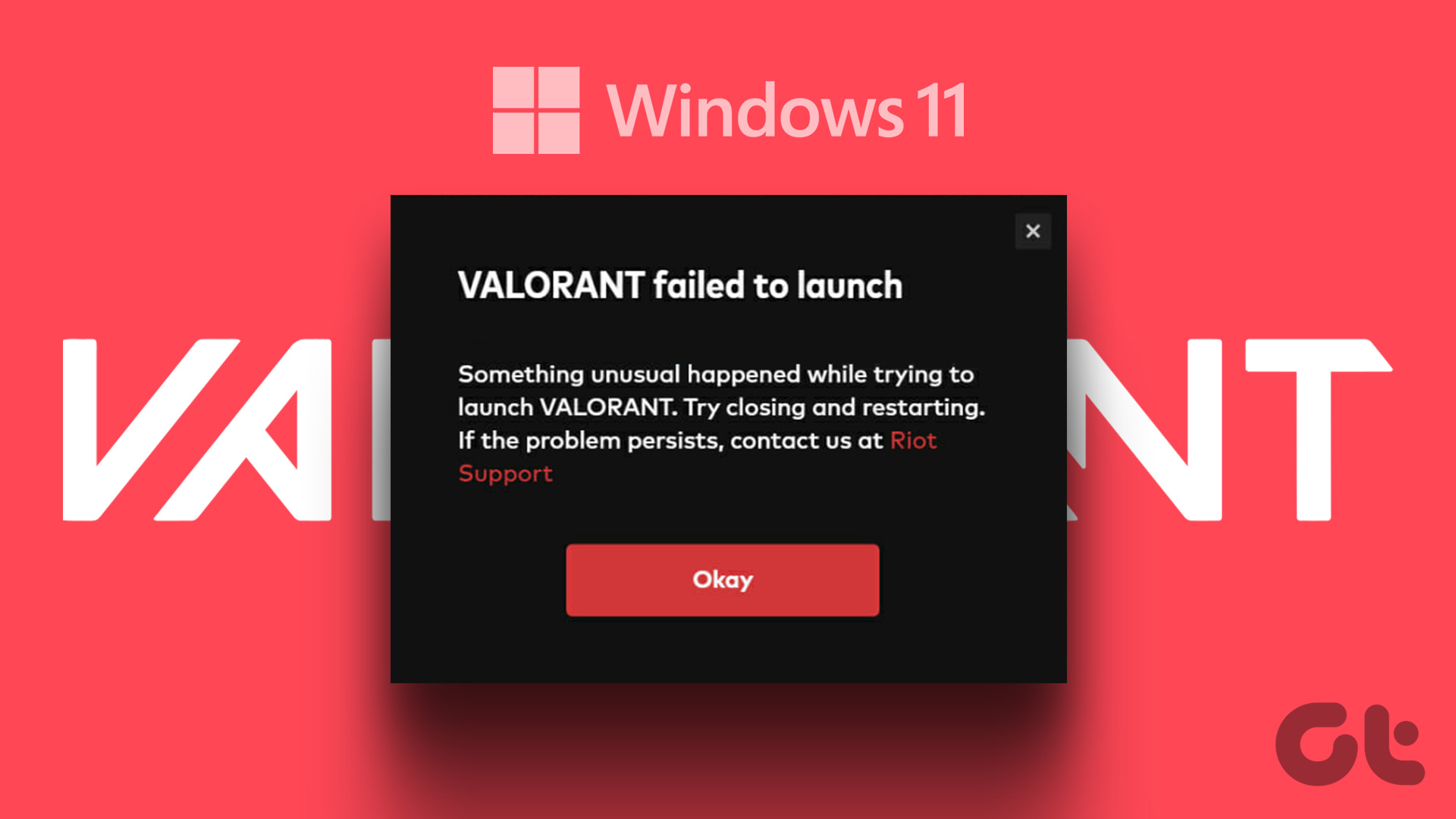


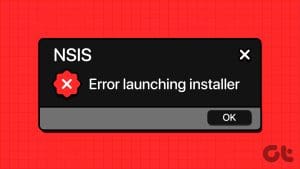
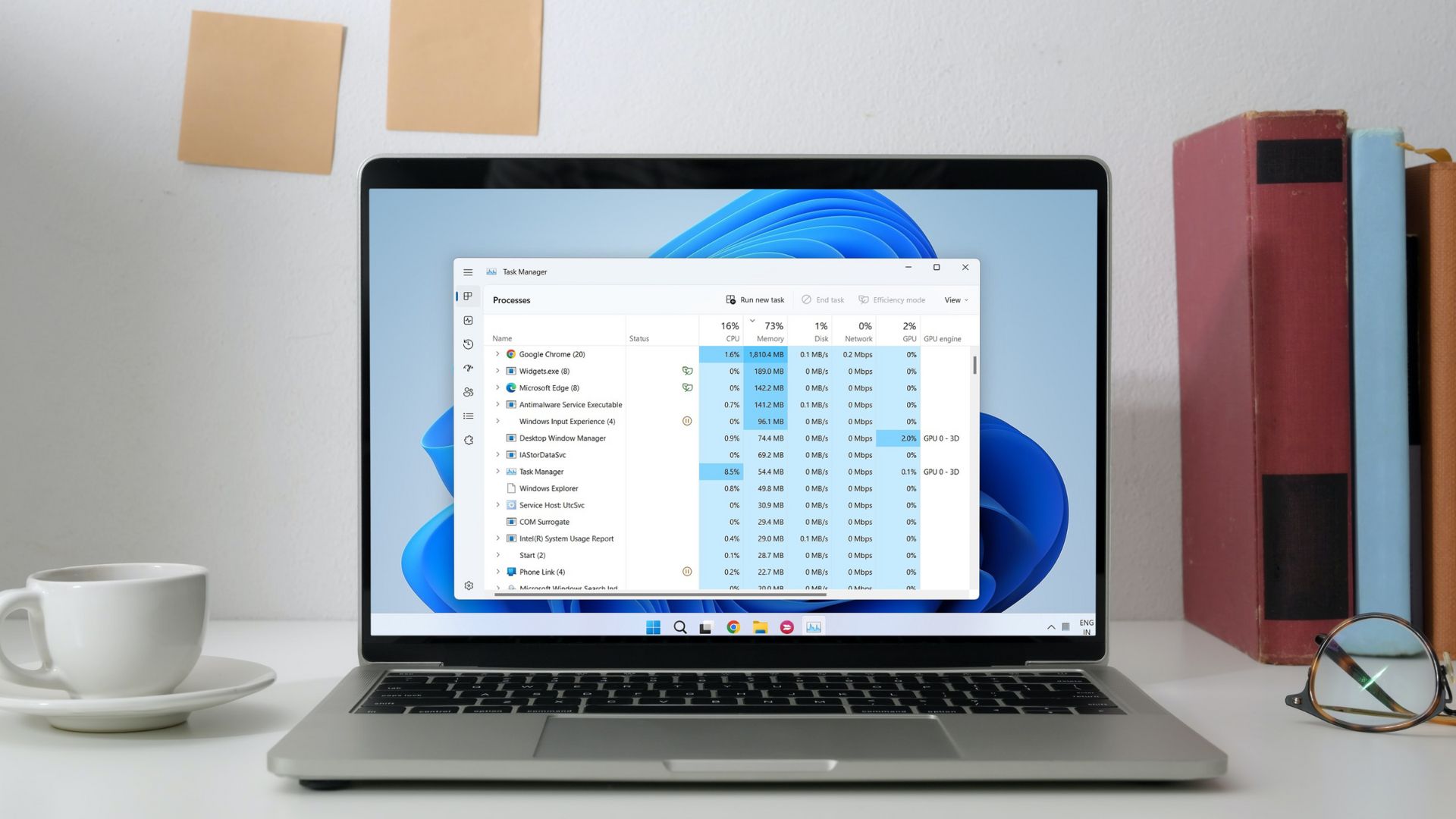

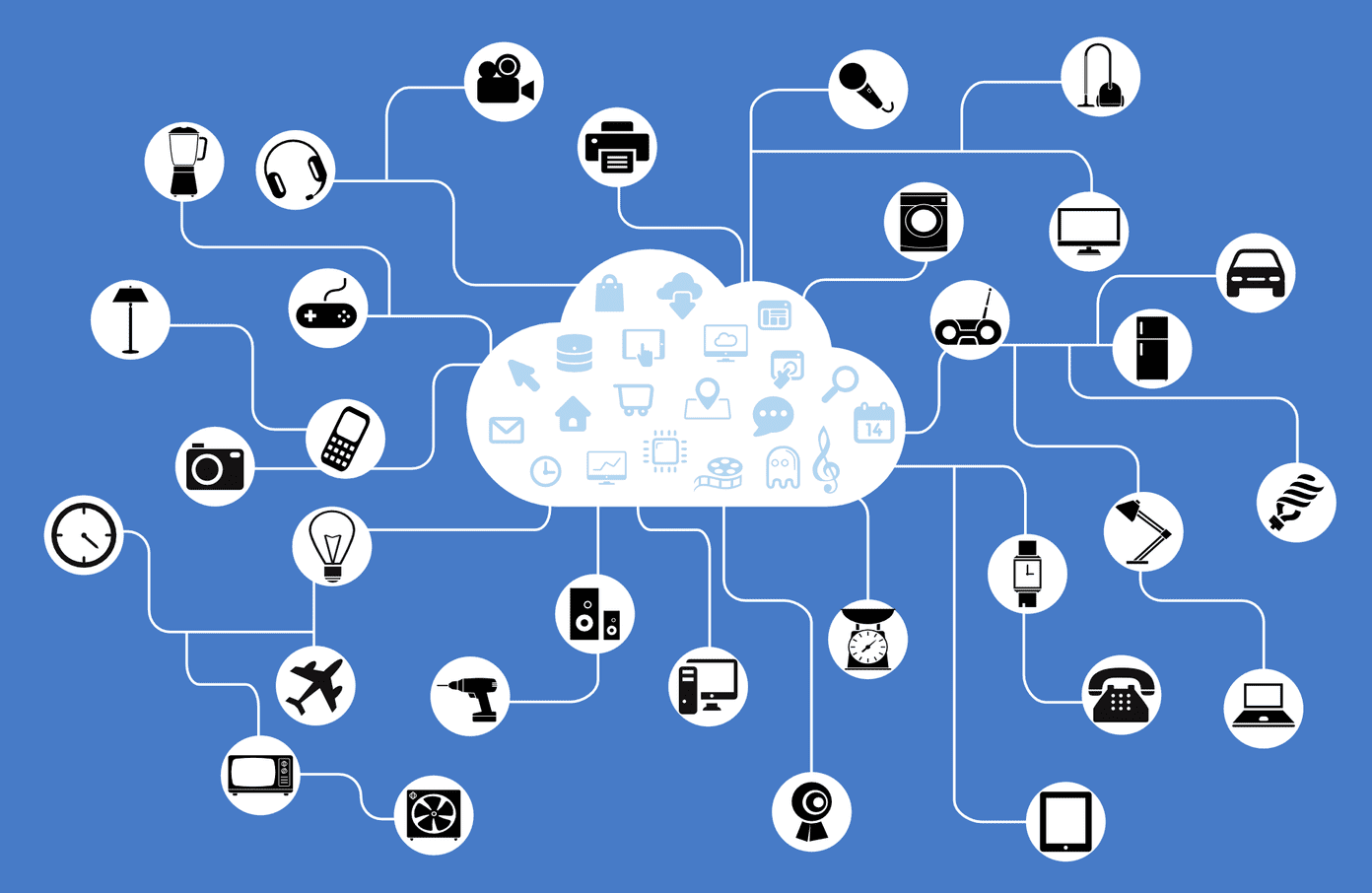
Using your guide, I’m down at the Registry Edit to give it a shot as so far nothing has worked.
I have 2 windows 10 desktop Dell computers that are not loading startup stuff. I can enable it in Task Manager, reboot and they don’t start, check Task Manager, they are again disabled.
I have 4-5 things I want started, my wife on her’s needs two items. I’ve been just opening the Shell:common startup and manually starting the items. My wife is doing similar but with two shortcuts where she can double click them and get them running.
Needless to say, this is frustrating. I’m suspicious of Avast One which was recently installed on these computers and at one point after a week or more I let Avast perform a lot of updates on the two machines. I’m thinking I made a mistake doing that maybe.
Anyway, I appreciate your 7 steps but for me, I’ve only the registry edit left and I think I’m just worn out fighting this issue.
Regards,
Gene
I HAVE SAME ISSUE W/A BRAND NEW WINDOWS 10 DELL OPTIPLEX 7000 PC.
THIS IS A GREAT ARTICLE BUT, I’M VERY FRUSTRATED AS NONE OF THESE FIXES RESOLVED IT.
I CALLED DELL UNDER THEIR NEW PC SUPPORT AND THEY WERE OF NO HELP.
I CALLED THE SW MANUFACTURER FOR THE PROGRAM I’M TRYING TO ‘AUTO LAUNCH’ ON BOOT AND THEY SAID THERE ARE NO W10 ISSUES THEY ARE AWARE OF.
THIS HAS TO BE A DELL SPECIFIC ISSUE AS I’VE SET SIMILAR UP CLIENT PC’S FOR THE PAST 10 YEARS AND NEVER HAD AN ISSUE.
PAINFUL…. DELL NEEDS TO GET THEIR SUPPORT TEAM SIGNIFICANTLY IMPROVED.
Method 6: CREATE A BATCH FILE TO LAUNCH PROGRAMS @ Step 4: Double-click on the file to run it and the program should run on startup.
How does the batch file run when it’s saved to the desktop with no intention to run at startup?
Tried all 7 ways. Nothing works. Shortcut was copied in the startup folder. Then registry entry was also created. Now I have two (2) instances of the same program shown in the startup folder, both of them are enabled and the program still would not start. It is SpeedFan, btw. Works fine on Windows 7 and Windows 11 on the same computer (I have multi-boot). But Windows 10 – no go.
cmd did the trick